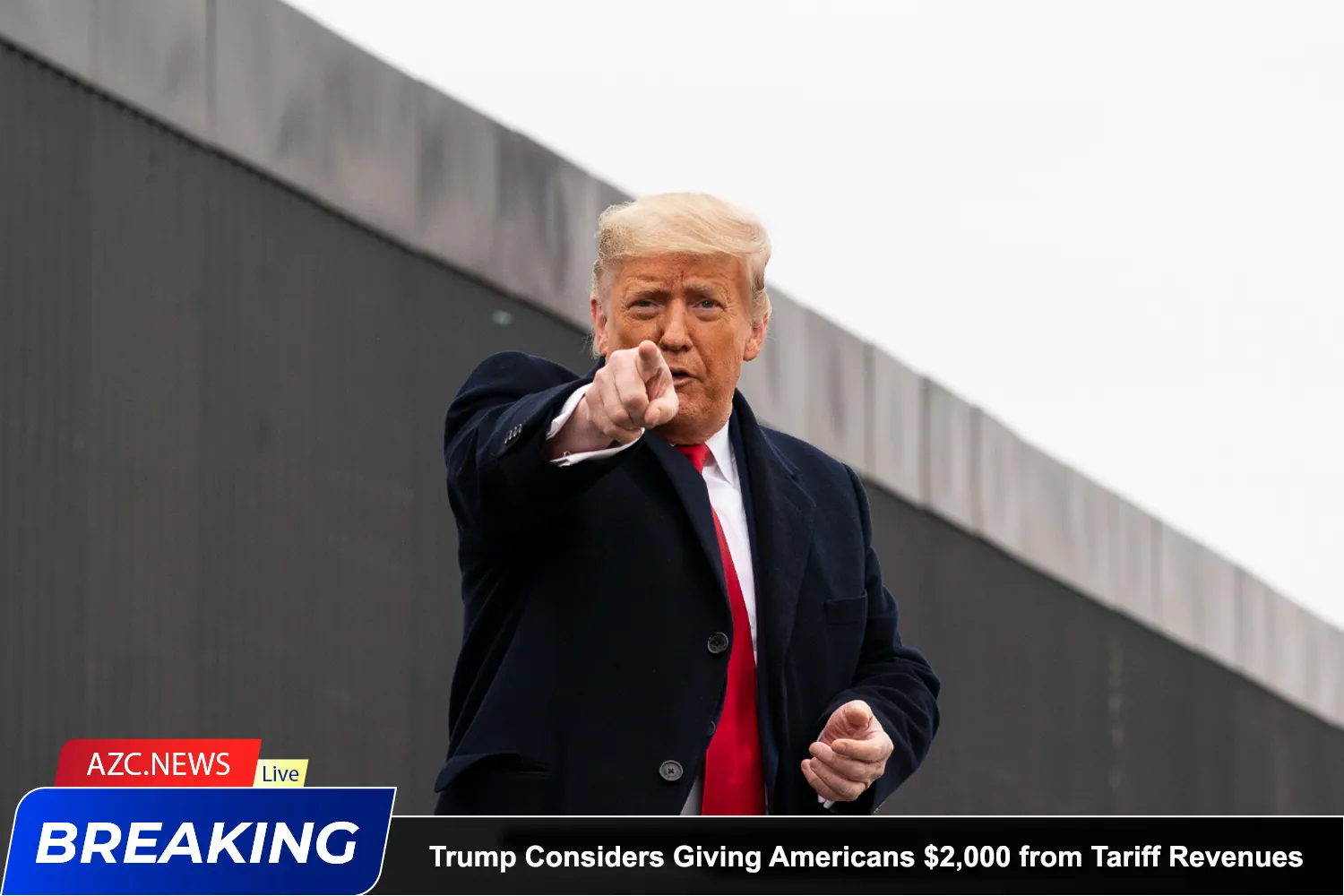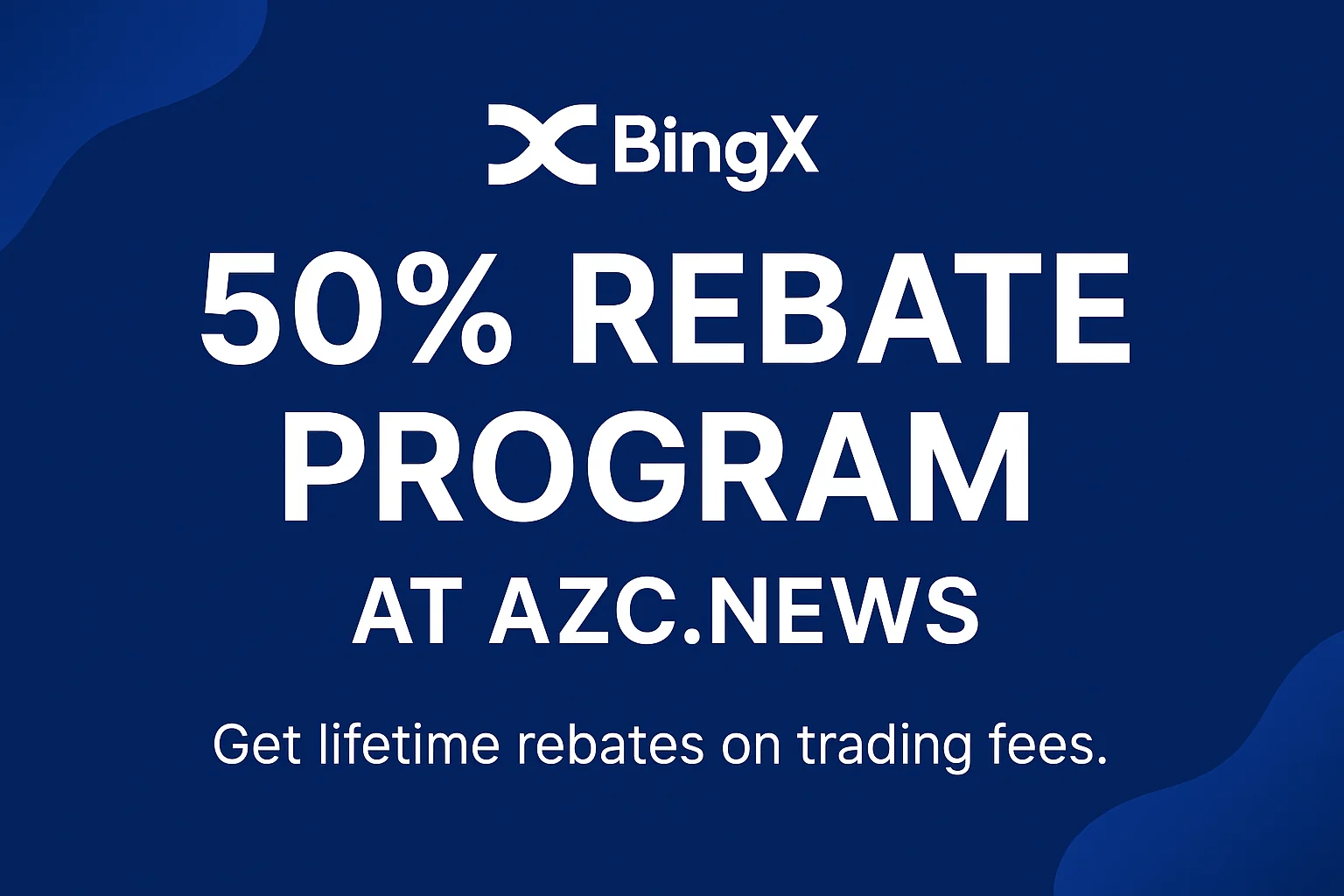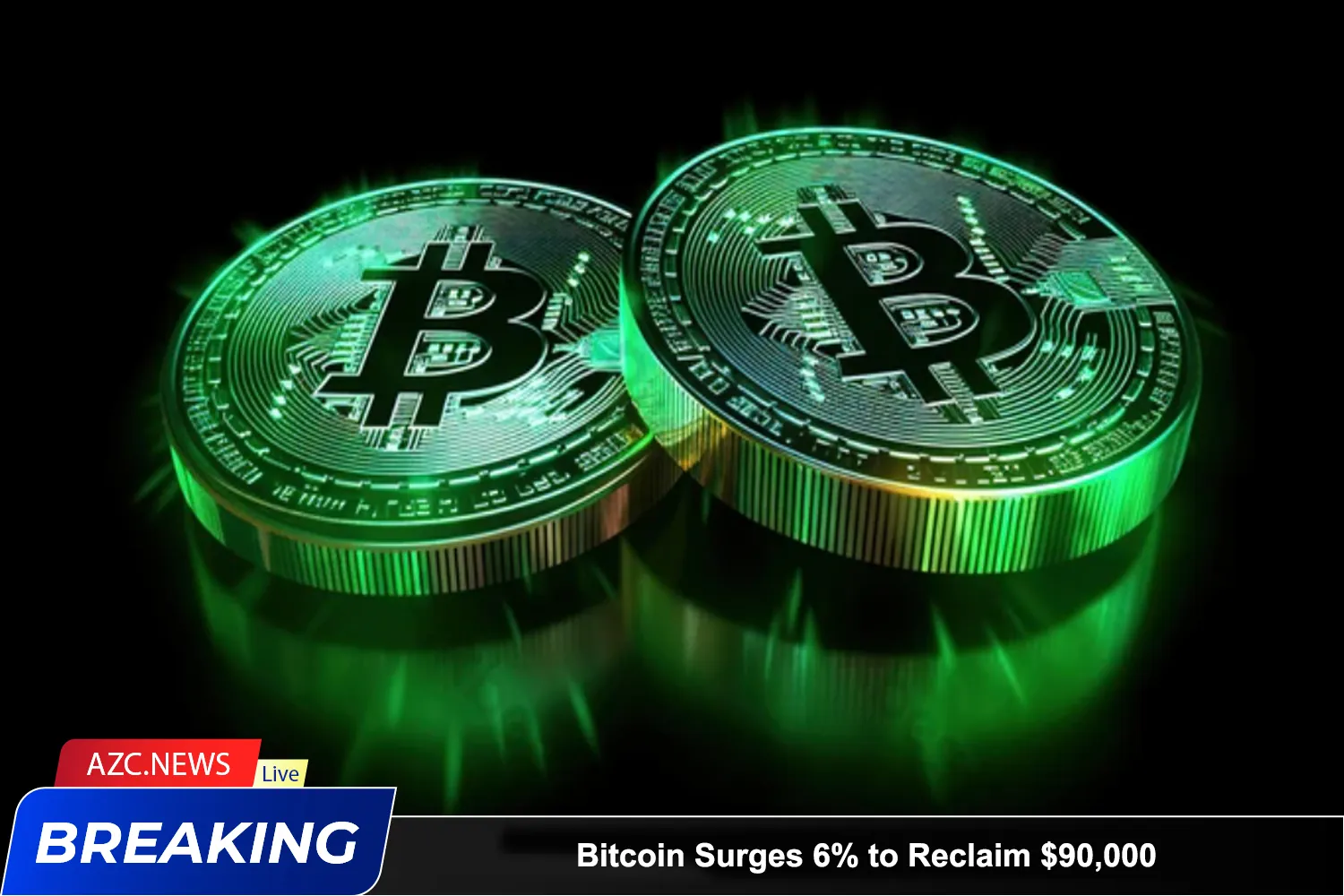U.S. President Donald Trump has sparked controversy after revealing a plan to give $2,000 to most Americans, using funds collected from import tariffs. The move is widely seen as a strategic attempt to boost public support ahead of the upcoming election.
“A dividend of at least $2,000 per person (excluding high-income individuals!) will be paid to everyone,” Trump announced on his Truth Social platform on November 9, while calling those who oppose tariffs “FOOLS!”
However, the plan would require approval from Congress—a difficult hurdle given the current fiscal strain and a national debt exceeding $38 trillion.

Key Highlights:
-
“Tariff rebate” proposal: Trump plans to distribute $2,000 to most Americans using revenue from import duties, excluding high earners.
-
Revenue shortfall: The U.S. Treasury collected $195 billion in tariffs during the first three quarters of the year, while the proposed payouts could cost between $300 and $500 billion.
-
Treasury prioritizes debt reduction: Treasury Secretary Scott Bessent said tariff revenues should go toward paying down the national debt, not direct payments to citizens.
-
Highest tariffs since 1934: U.S. consumers are now facing an average effective tariff rate of nearly 18%, as companies pass part of those costs on to customers.
-
An old idea revived: Trump has floated similar ideas before—at times even discussing a $5,000 “dividend” check with Elon Musk—yet none have ever materialized.
Economists warn that the plan’s total cost could double the actual tariff revenue, adding further strain to the federal budget. Meanwhile, the U.S. Supreme Court is reviewing the legality of Trump’s sweeping global tariff policies, leaving the future of his “tariff dividend” proposal uncertain.
“The math doesn’t add up—Trump’s plan would cost $300 billion, while tariffs have only generated $90 billion in net revenue,” noted Erica York, Vice President of Federal Tax Policy at the Tax Foundation.






